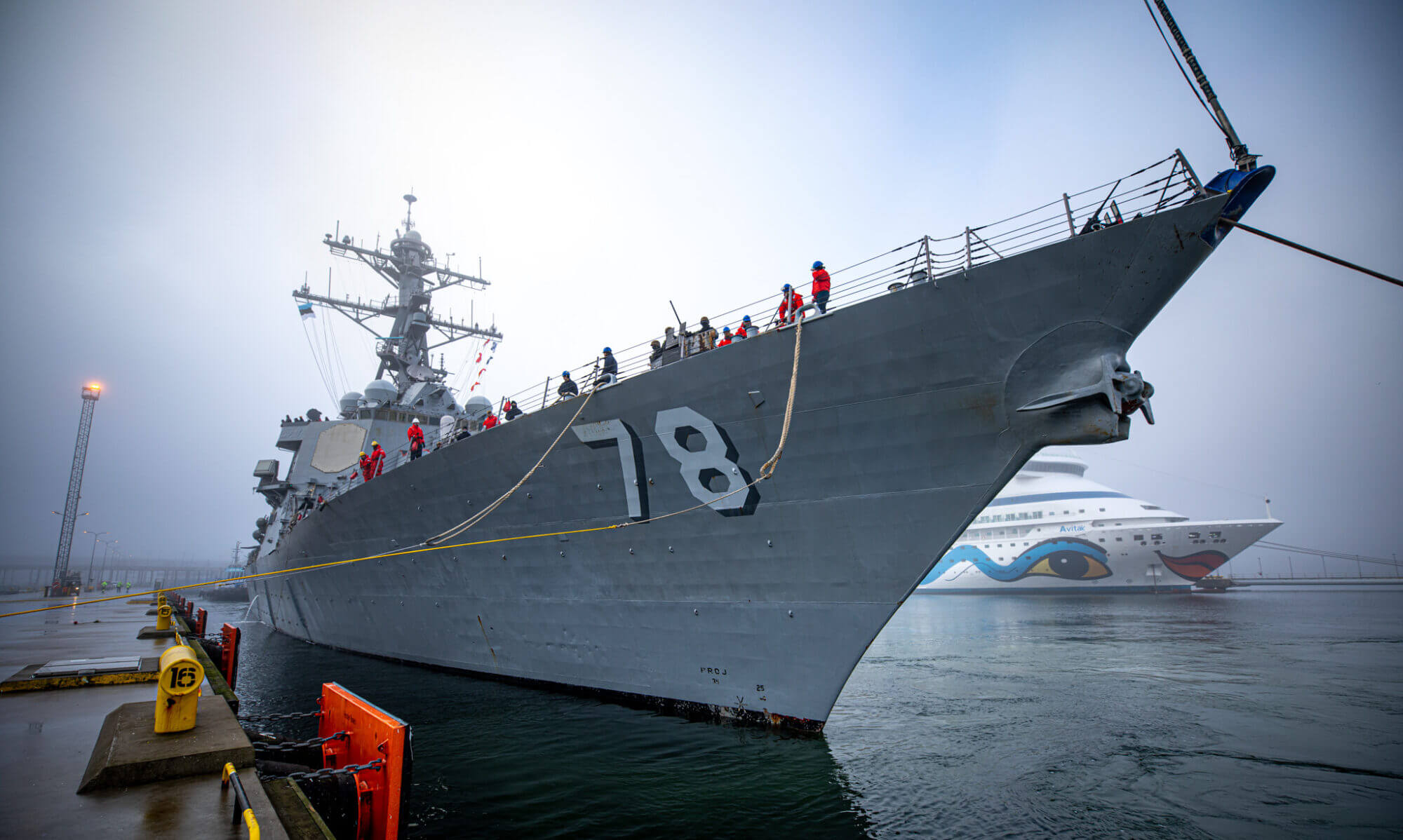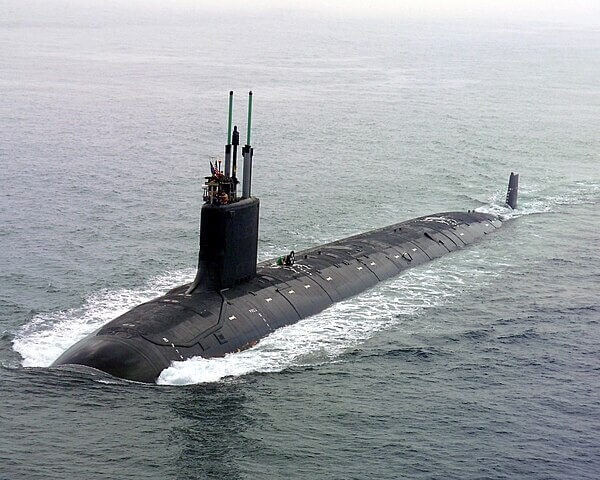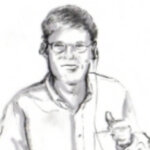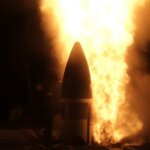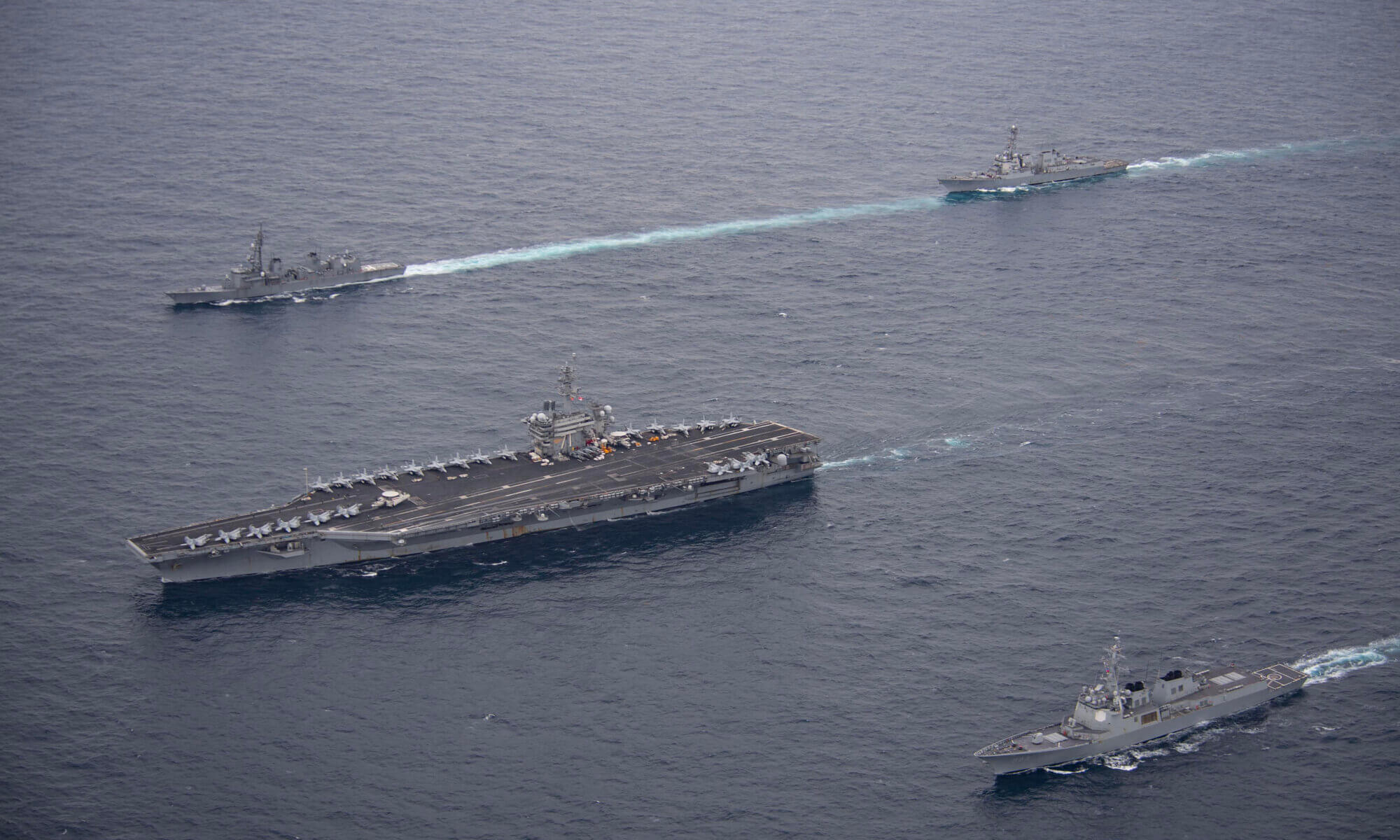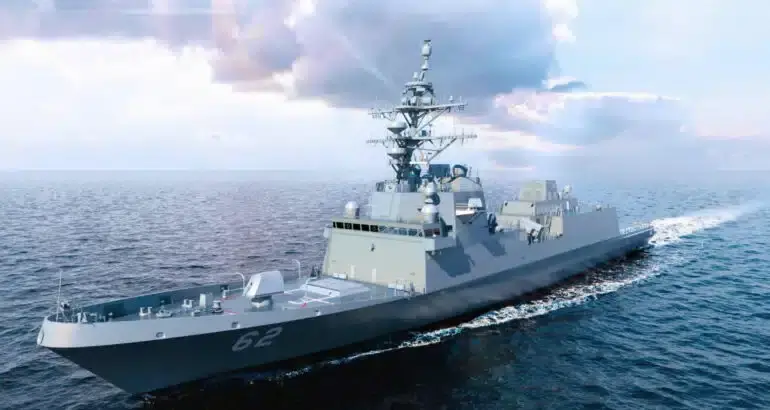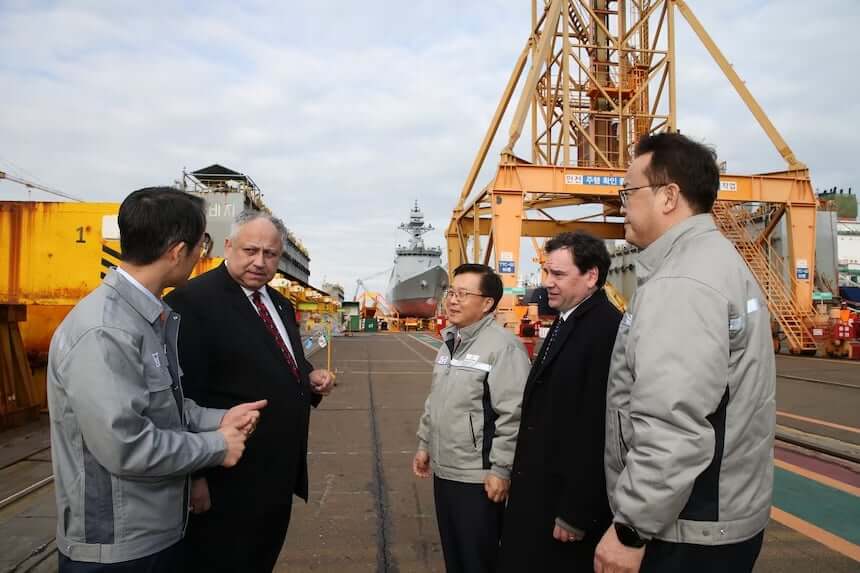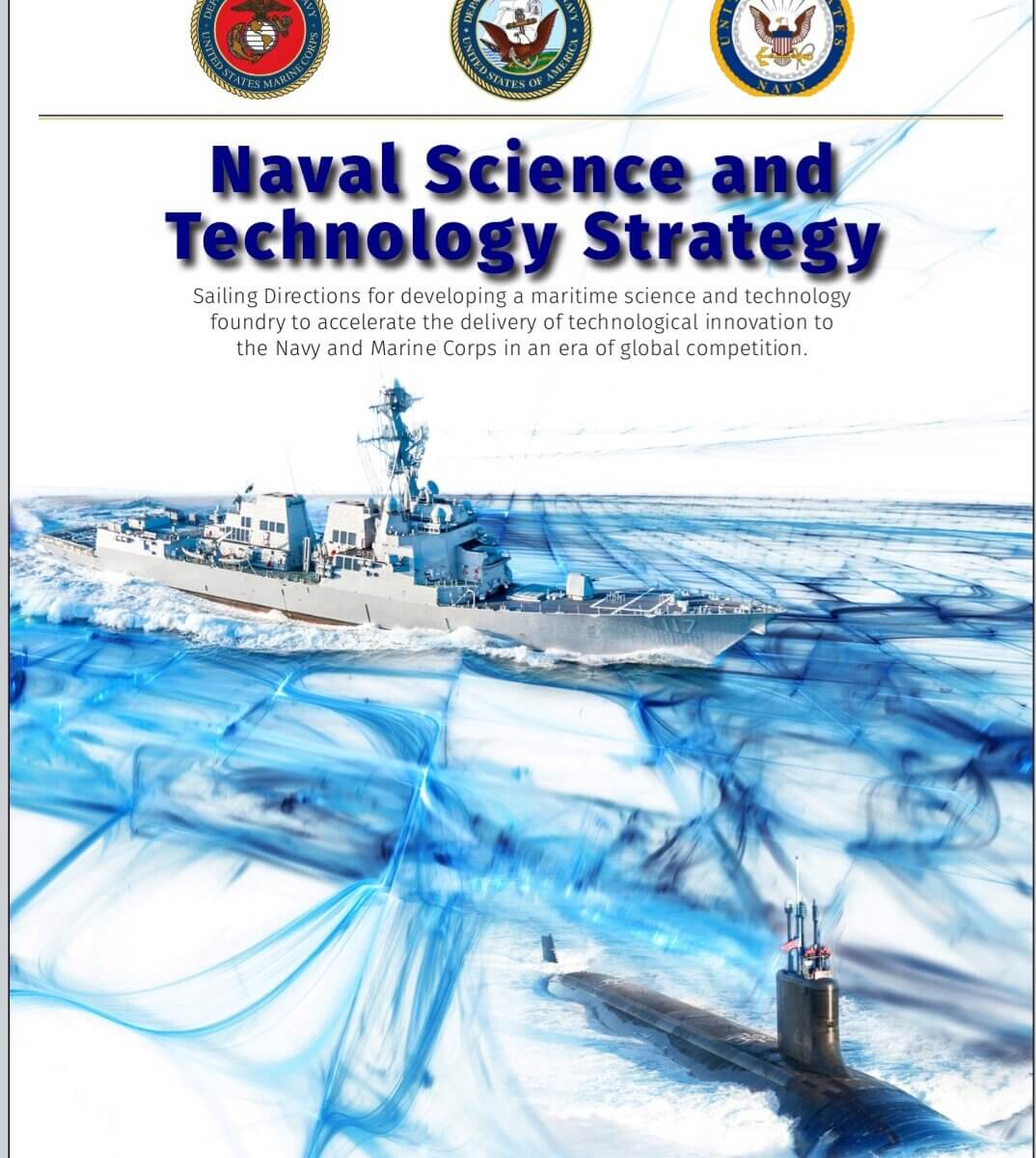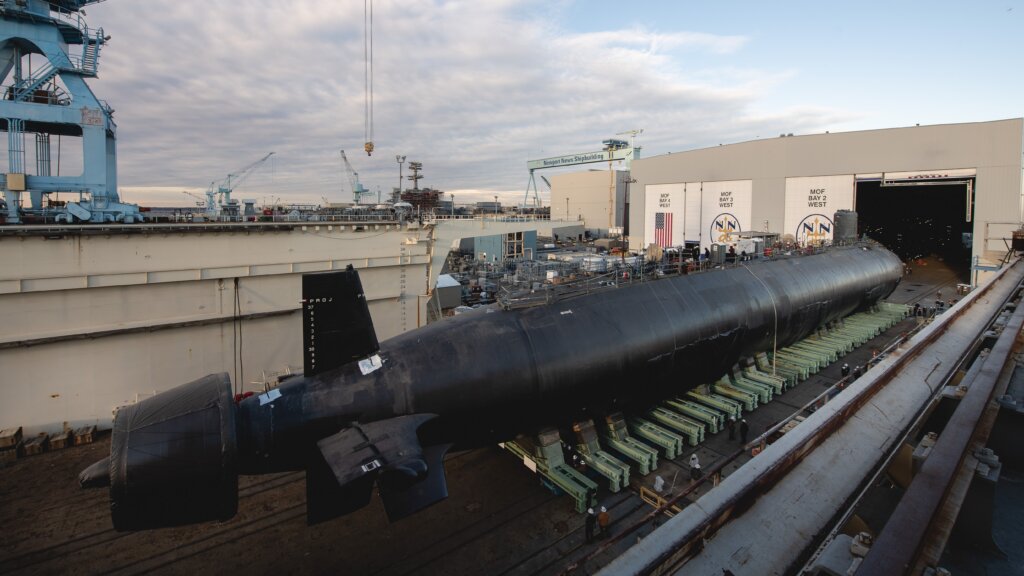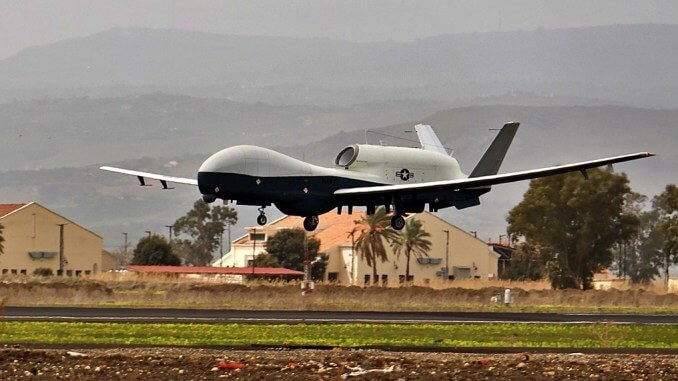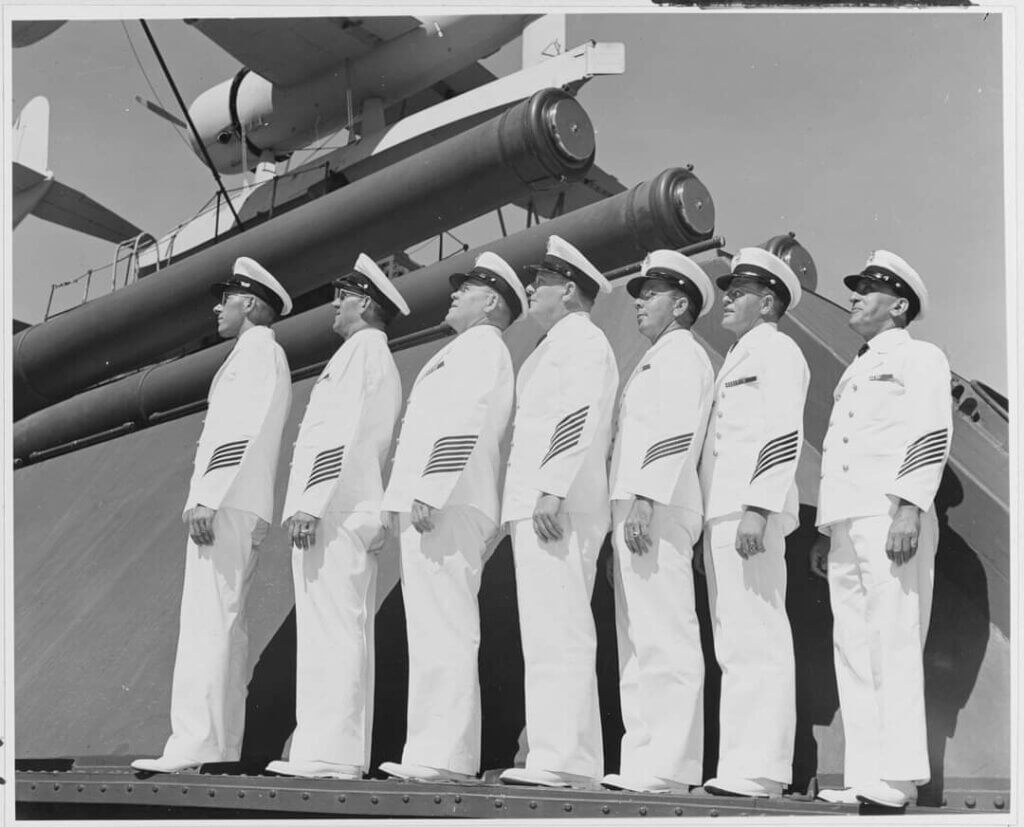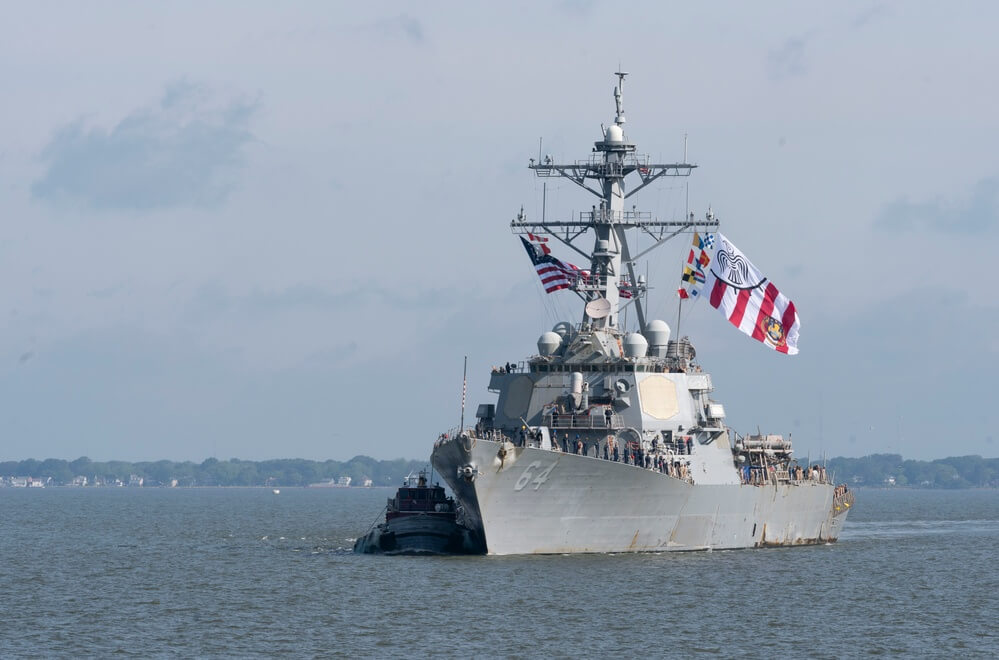

Introduction:
The USS Carney’s recent homecoming after a significant deployment in the Red Sea marks a pivotal moment, not just for the crew and their families, but for all of us. This event is a reminder of the crucial role that U.S. Navy destroyers play in maintaining global maritime security and ensuring the free flow of international commerce.
Why the Red Sea Matters:
The Red Sea is a critical conduit for global trade, linking the Mediterranean Sea through the Suez Canal with the Indian Ocean. Any threat to this vital maritime route impacts global markets, affecting everything from oil prices to the availability of consumer goods worldwide. Protecting this route is not only a matter of economic interest but of global stability and security.
The USS Carney’s Role:
During its deployment, the USS Carney engaged in 51 combat scenarios, successfully neutralizing 65 threats from Houthi rebels. This mission underlines the destroyer’s vital role in safeguarding these strategic waters. The Carney’s actions demonstrate the U.S. Navy’s commitment to freedom of navigation and the protection of international laws that govern our seas.
Technological and Tactical Excellence:
The USS Carney’s deployment also highlighted the advanced capabilities of U.S. Navy destroyers, including the first combat uses of the SM-3 and SM-6 missile systems. These technological advancements are crucial for defending against complex threats and ensuring the Navy’s ability to operate in high-threat environments.
Implications for the Navy:
The operational success of the USS Carney exemplifies the effectiveness of the Navy’s tactical training and readiness. The use of advanced missile technology not only neutralizes threats but also serves as a deterrent, reinforcing the Navy’s capability to protect critical international waterways.
Implications for America:
The USS Carney’s mission reinforces America’s commitment to a rules-based international order. This deployment showcases the U.S.’s readiness to defend its interests and those of its allies, contributing significantly to global peace and commerce.
Human Element:
Behind the technological prowess of the USS Carney are the dedicated sailors who operate these complex systems under high-stress conditions. Their professionalism and courage highlight the human spirit driving America’s naval supremacy.
Conclusion:
The USS Carney’s return is a moment of pride and a testament to the strategic and tactical prowess of the U.S. Navy. It reaffirms our nation’s commitment to maintaining stability in key global regions. As we celebrate the safe return of the Carney and its crew, let us also recognize the broader significance of their mission—a mission that ensures the seas remain open and safe for all.
